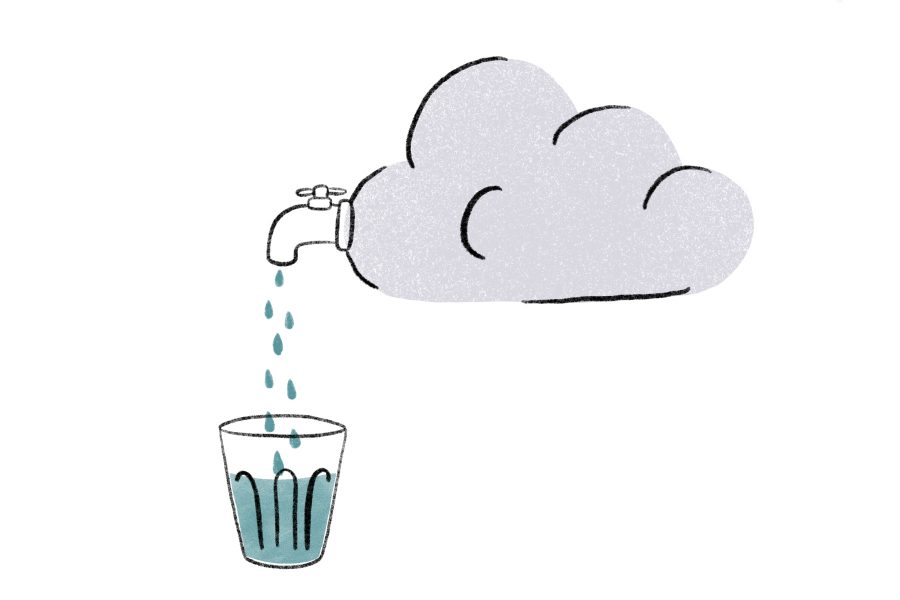The weeklong water boil came and went with little more than a feeling of inconvenience. However, the episode raised serious concerns about the precarious nature of how Austin gets its water.
After a period of unprecedented rain raised area lakes to record highs, flood waters overwhelmed the city’s filtration system. As a result, drinking water obtained from the Colorado River was deemed unsafe due to large amounts of silt and residues. However, the central issue is not the volatile nature of the river, but our overdependence on it.
The vast majority of Austinites are reliant on the Colorado River, and the weeklong scarcity of clean water highlighted that Austin’s methods of water collection have become far too reliant on unreliable and erratic sources. When it’s dry, so are we. When it’s flooded, so are we.
The recent water frenzy reveals a bigger picture of not only Austin’s imminent need to conserve water for the long run, but the need for the city to get creative in obtaining freshwater. Rainwater purification offers a solution to create potable water. This is a solution UT could easily implement, and by doing so, the University could promote and encourage Austin to follow suit.
As a local business that specializes in sourcing methods of rainwater collection and purification, Richard Heinichen of Richard’s Rainwater claims these methods are not overly challenging to implement.
“It’s all about capturing the rainwater, filtering it thoroughly, providing ultraviolet light and performing reverse osmosis, none of which is very time consuming or expensive,” Heinichen said. “(It) requires technology no more complex than a filter and lamp. Not only is the process efficient and all-natural, but it produces no waste and is cheaper than regular bottled water.”
For such an environmentally sensitive city, Austin has very little infrastructure dedicated to the collection of water from inexhaustible sources such as rainwater, and does not excel in terms of its conservation methods. Richard’s Rainwater claims Austin has the potential to be a leader in the field of renewable water collection and conservation. UT can and must lead the way in this process.
“The consumption of rainwater is the future,” Heinichen said. “A series of legislative advancements at UT or in Austin, none of which would be very costly, would enact sweeping environmental changes that hopefully will encourage these types of water conservation method and encourage such progress.”
With these methods of conservation and purification, the University and Austin could have been self-sustaining during the water boil. We have the means to thrive during future shortages.
Although these processes may require a short term investment, the benefits for students, Austin and the environment would pay large dividends. UT must be a leader in this movement, and students can be proactive during this process by not only becoming participants in water conservation, but supporting any University initiatives — such as installing rainwater capturing and purification technology.
After a week in which our water system entered our collective consciousness, we need to continue our public discussion about our water system vulnerabilities. Creating a water conservation system based on rainwater purification processes would allow Austin and every other Texas community to thrive in the decades ahead.
Johnson is a journalism freshman from San Francisco, California.





















